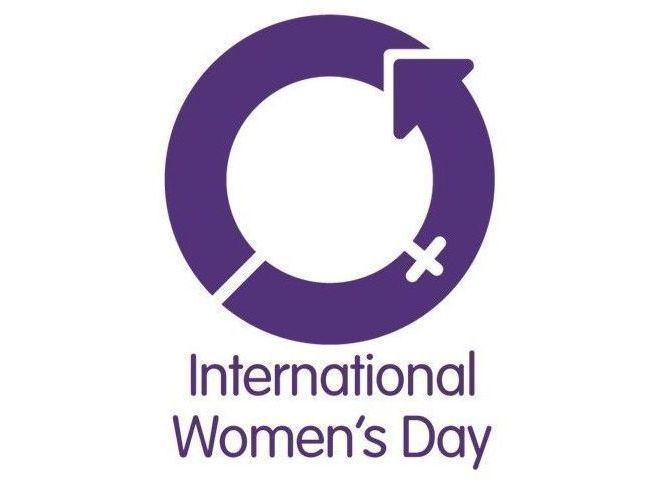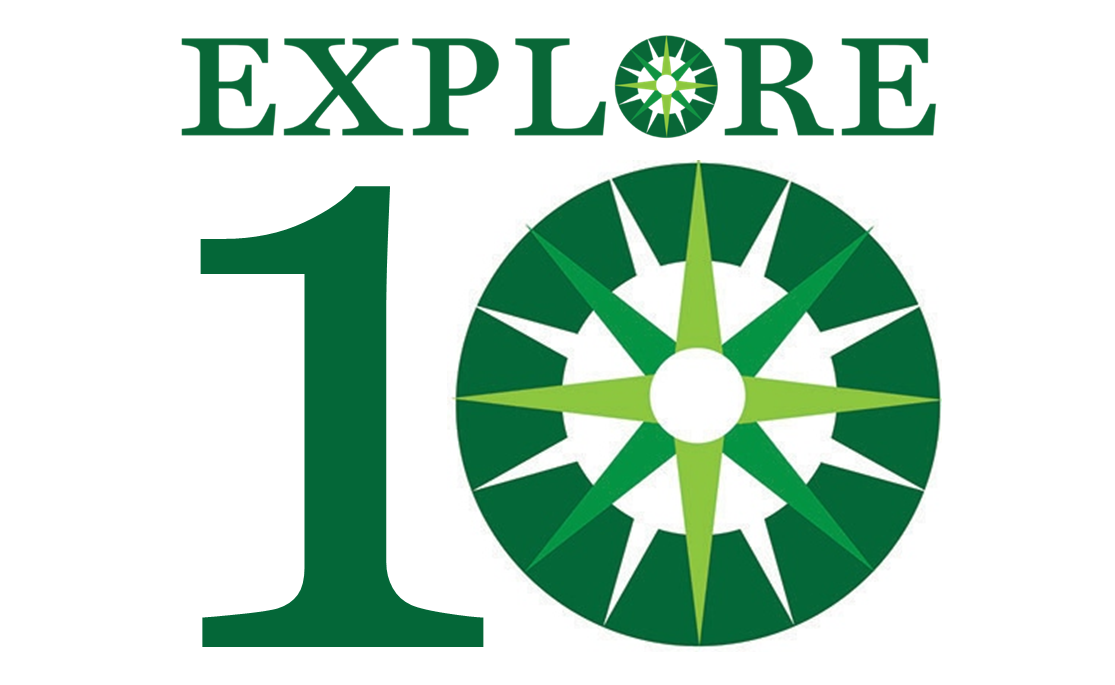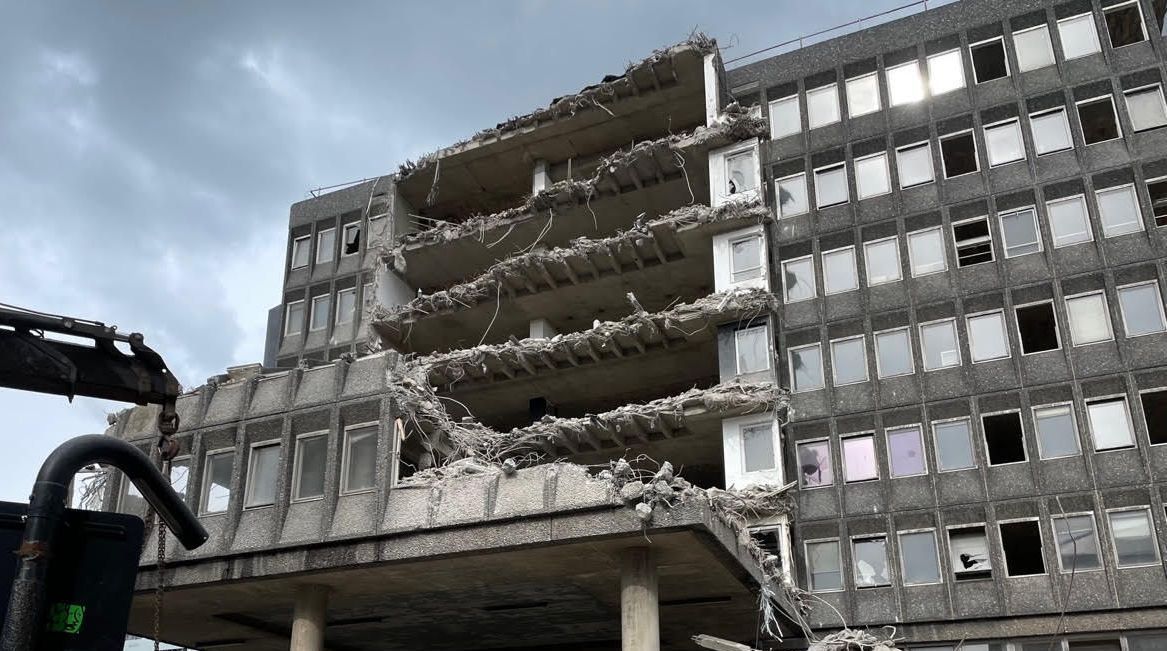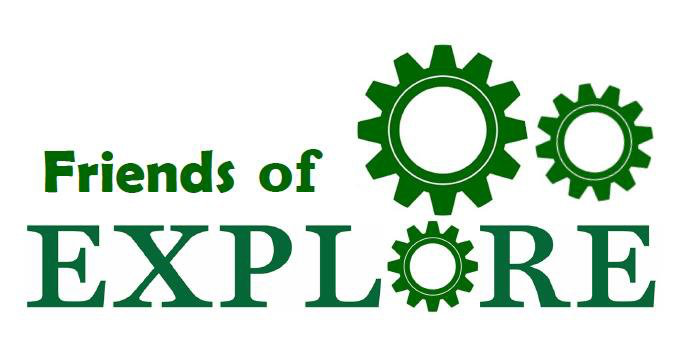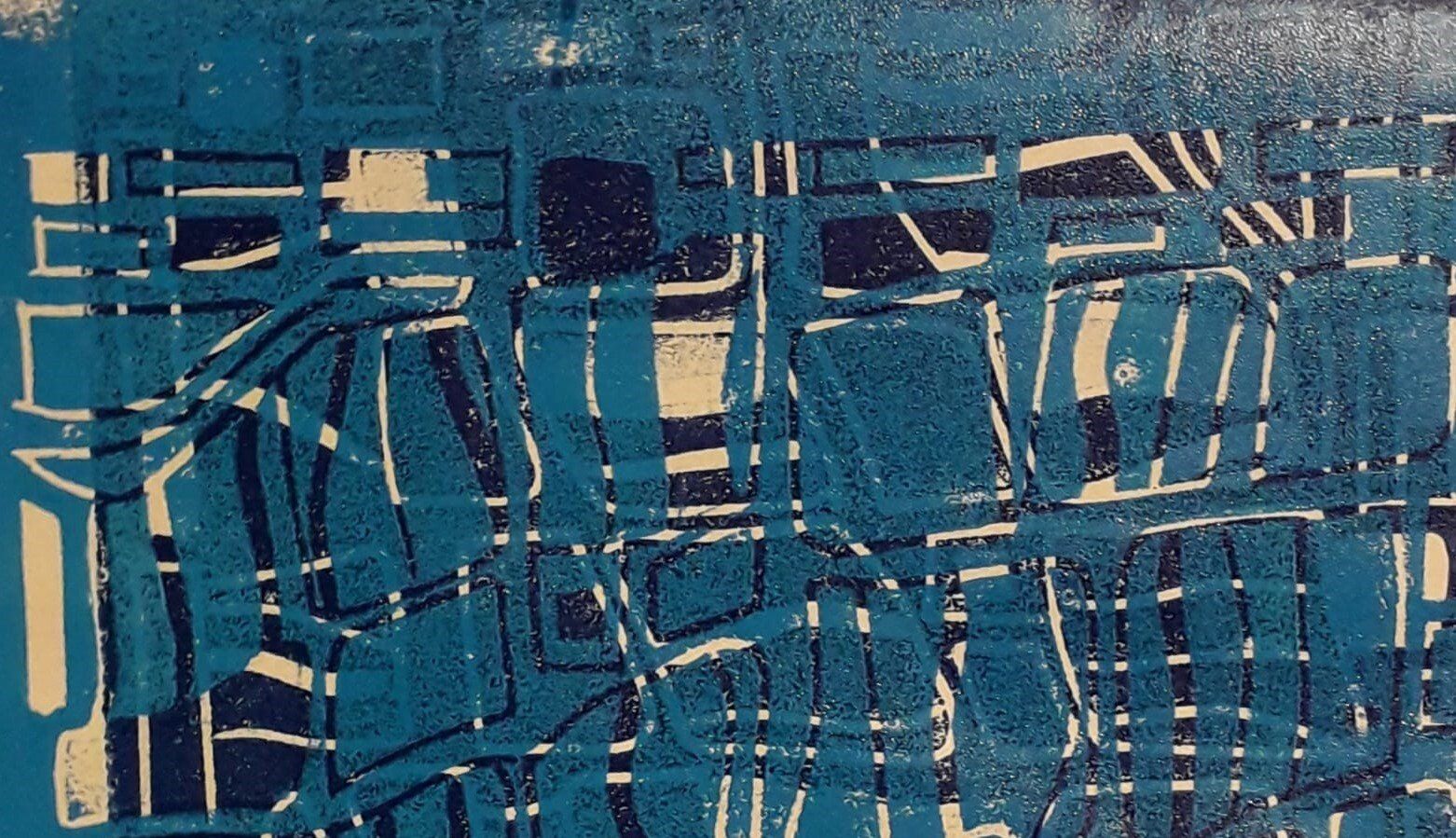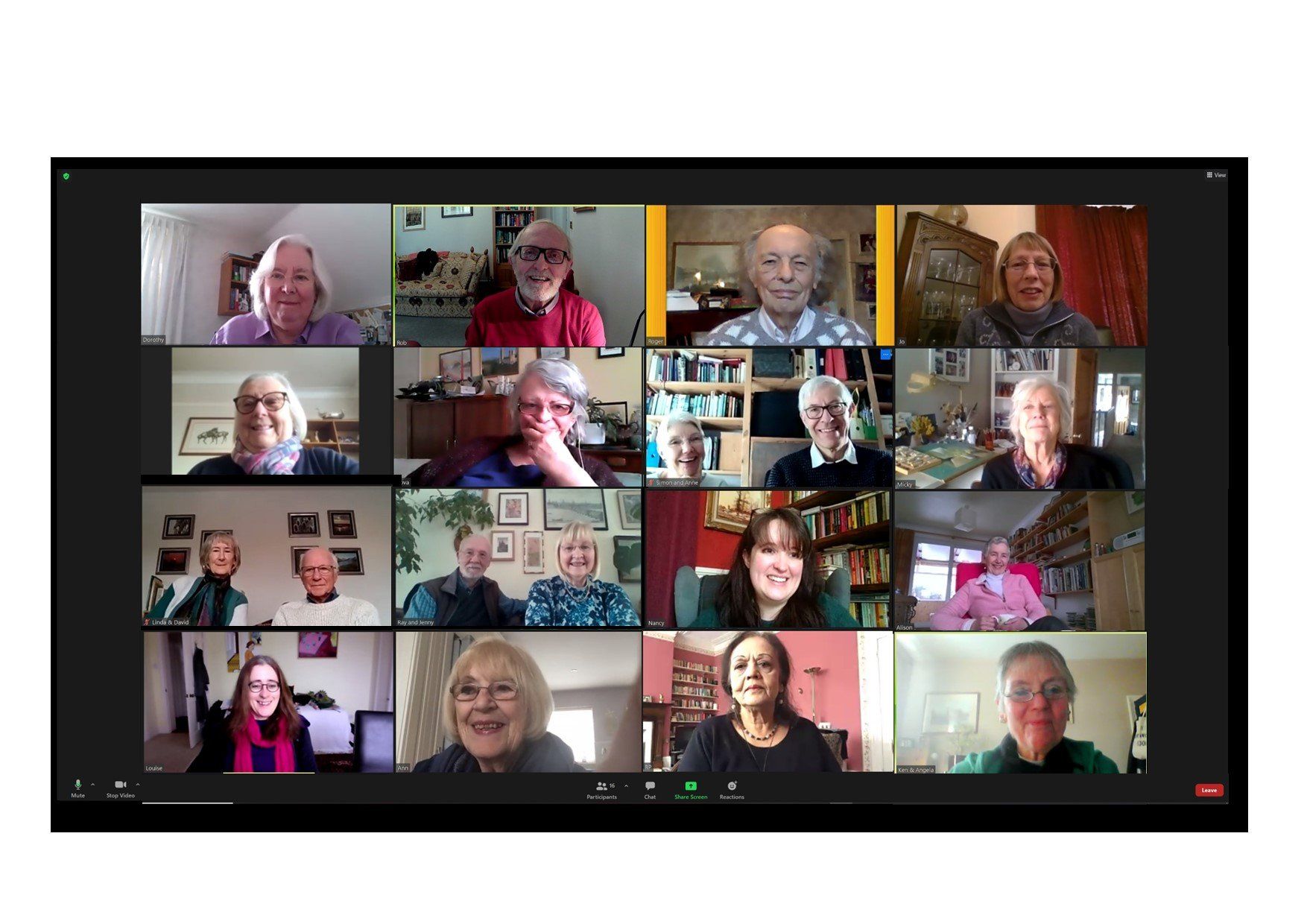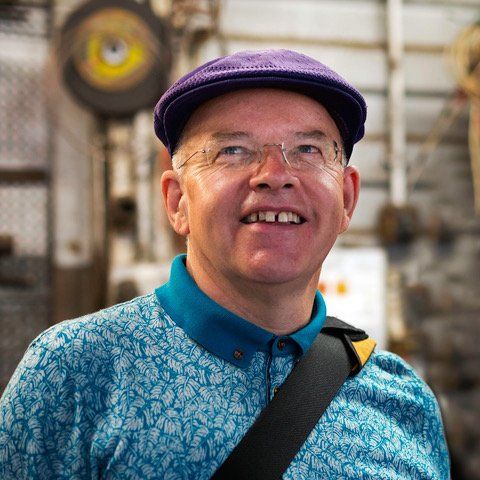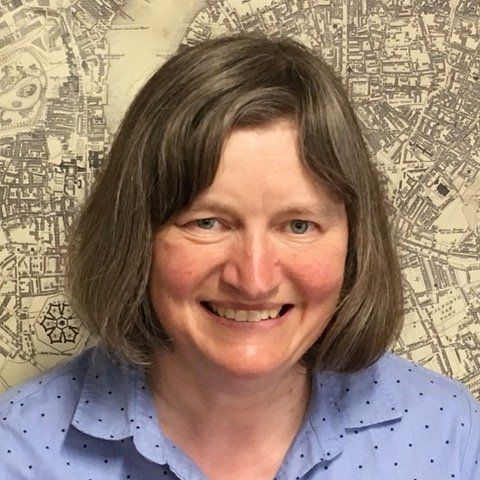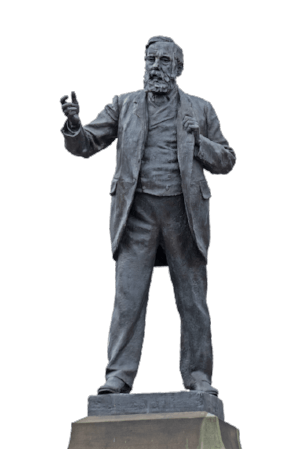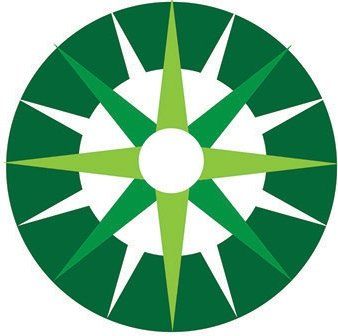Bernician Studies Group - or who the hell is Bernice?
- by Donal Donelly-Wood
- •
- 04 Dec, 2017
- •
The origins of the Bernician Studies Group (BSG)
There was a time, eleventy-something years ago back in the mists of time, when that cliché was fresh and governments still believed that access to education should not be restricted by age or cost. Oh happy days!
Newcastle University embraced that belief by providing a wide range of courses in its Centre for Lifelong Learning. No fees were charged. All that was asked was that you committed to the course and produced some work that could be assessed. A young Colm O’Brien — it was that long ago — was one of the tutors and, among other things, offered a course called Introduction to Archaeology. It proved to be popular, especially among those of us whose only experience of archaeology was through Baldrick (sans turnips and cunning plans) and a man with baggy, multi-coloured pullovers.
As time went on, a core group (groupies?) began to form around Colm’s courses. We narrowed down our interests to the early medieval period, and particularly to Anglo-Saxon Northumbria. Bede was our constant companion, as too became Max Adams. We even acquired a name, “The Bernician Studies Group” (BSG). This prompted some unknown wit to write on the whiteboard of the classroom we used fortnightly, “Who the hell is Bernice?”.
When the government of the day decided that they no longer wanted to subsidise learning for its own sake, brave and imaginative attempts were made to continue, first by Newcastle University and then by University of Sunderland but in Newcastle premises. However even those attempts eventually failed under the inexorable pressure of ‘the marketplace’. But it was good while it lasted. So good that the students, and most of the tutors, didn’t believe it should end.
So Explore was formed by a core group of people including the BSG’s Joy Rutter. Meanwhile, and in parallel, the BSG was formed into a small charity chaired by Geoff Taylor. It is called Bernician Studies Group, registered charity no 1170897.
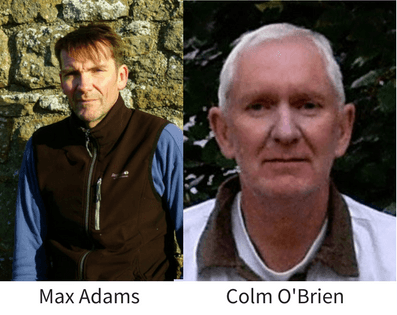
Colm and Max became our ‘Research Directors’ though ‘Guiding Lights and Inspiration’ might be a more accurate title. We owe a great debt of gratitude to Explore, not least for funding the room hire costs for our meetings. These take place every fortnight in term time and at other times as necessary.
Our regular meetings sometimes involve guest speakers, but more usually involve one or more of us leading discussion, or reviewing literature, on something appropriate to early medieval Bernicia. You’d be surprised at just how important the Bernician kingdom was, not only to this part of the world, but over the whole British Isles, including Ireland, and into Europe. Even as I write, I am anticipating this evening’s meeting which will reveal the results of the survey some of our members did at Brinkburn Priory at the request of a local landowner.
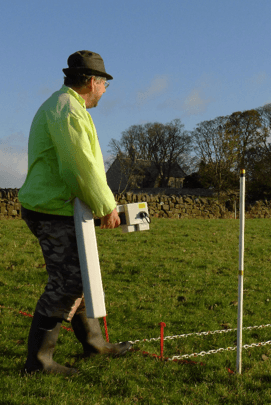
A few years ago, assisted by the University of Sunderland, we invested in afluxgate gradiometer which allows us to find magnetic anomalies beneath the surface — buried walls and pavements, ancient metal workings; the remains of ditches and fortifications etc. all cause changes in the magnetic field. These can be measured by the flux thingy and some frightfully complicated software turns the measurements into a visual ‘map’.
Fortunately the software is no problem to Jack Pennie, our flux expert — above in the pork pie hat. (The only thing to watch is that you don’t walk at 77 mph with it or you might find yourself being whisked Back to the Future!)
Northumberland ancient woodland
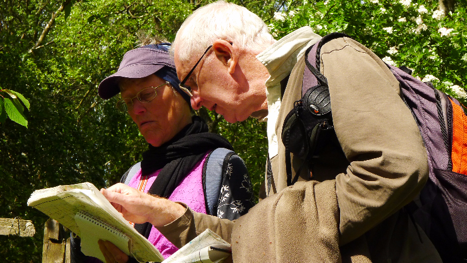
We are pursuing two long-term projects.
In Northumberland, members, mainly led by Bridget Gubbins, identify and map areas of ancient woodland. Ancient woodland is loosely defined as woodland in continuous existence since 1600 or earlier, although this definitioncan be misleading. Sites are identified by the range of plant life and how the trees have been managed. Of course this demands site visits and much planning.
The information on old maps in the Lit & Phil is carefully transferred to modern maps, landowners are approached for permission wherever necessary and visits are made.
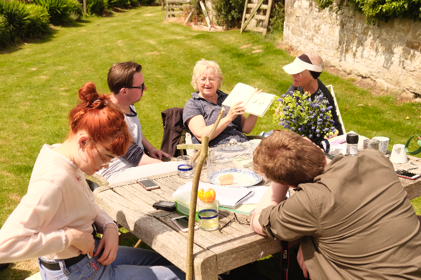
There are more than forty plants associated with ancient woodland. It’s not enough to spot just one or two of them — a largish group is necessary to be able topronounce on a woodland. And, of course, different plants appear in different seasons so repeat visits are necessary.
The range of trees and whether or not there is evidence of coppicing having taken place in the past are also clues, as is the position of the woods. Do they follow parish boundaries or river/stream banks?
Sometimes there is very little of the wood left as land has been cleared for farming, maybe just a handful of trees. But even they can be useful.
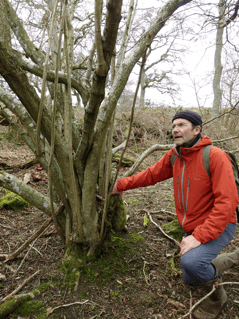
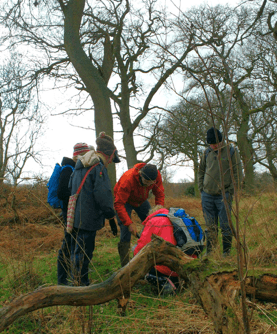
The identification of ancient woodland sites is necessary to ensure their preservation. However, they can also tell us much about the history of the land use and ownership. Research into medieval charters can shed light and is also part of this particular project.
Great progress has been made over the past few years, but it is a long-term project and very close to Max’s heart.
Inishowen
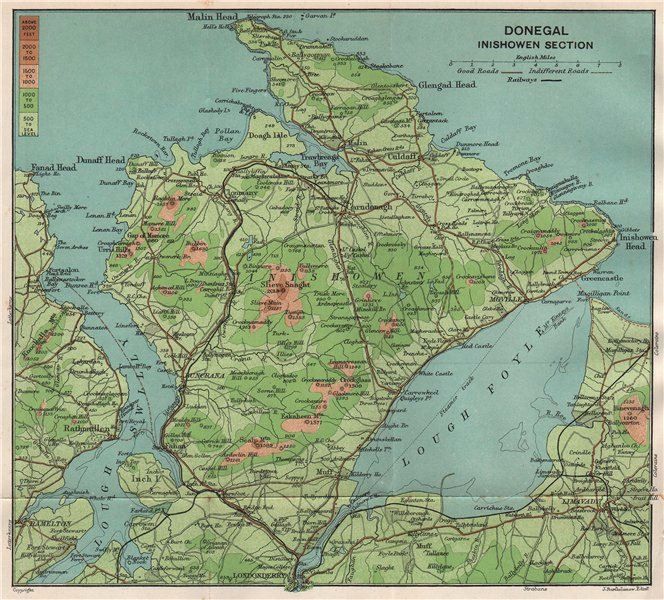
Our other major project takes us to Donegal in Ireland. Specifically to Inishowen, that peninsula between Lough Foyle on its eastern side and Lough Swilly on the west. It is an achingly beautiful part of the country and is awash with (Atlantic rains) history from the iron age (and probably earlier) right up through the Early Medieval monastic era to the time of the Plantation of Ulster. Donegal is one of the three Ulster counties separated from the other six when the political border of Northern Ireland was drawn in the early 20th century.
The Early Christian period is our interest. The Early Medieval Kingdom of Northumbria had many Irish connections. Columba, the founder of Iona, came from Donegal. And Iona founded the Holy Island monastery which gave us Aidan, Cuthbert and many others. Two 7th century Northumbrian kings, Oswiu and Aldfrith, had connections with the Cenél nÉogain, the ruling dynasty of Inishowen and later of the whole north of the island of Ireland. And of course, as Max has shown in his book, The King in the North, Oswald was brought up and educated by the Irish monks of Iona.
The BSG was introduced to Inishowen through a former member, Cowan Duff. Inishowen is said to have the greatest concentration of monastic sites and stone High Crosses per square kilometre than anywhere else in Ireland. Of course, the monasteries have all disappeared, but the High Crosses remain.
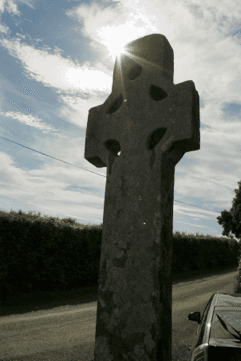
Working with local people the BSG has managed to preciselymap the sites of five monasteries — the good old flux gradiometer again. Using state of the art surveying equipment we have also mapped the graves in Cooley Cemetery, now unused but preserved. Some 900 graves there date from the 6th century to very early in the 20th century.
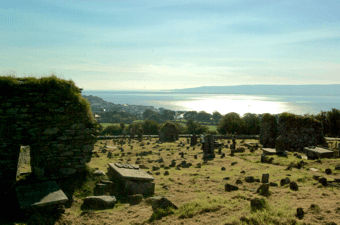
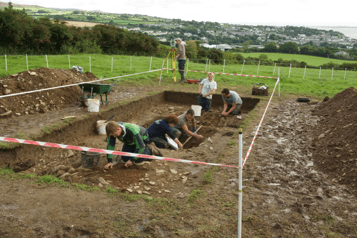
Finds at Carrowmore subsequently proved to date back as far as the 6th century. Finds at Cooley are still awaiting carbon dating which is quite expensive, but it will probably be in a similar range. We have also worked with the local “Lands of Eogain” (Eogain = Owen) group to take part in the Lands of Eogain Festival over the last three years while Colm and Max have provided training in heritage matters for various groups of local people. The heritage of Inishowen is amazingly rich and we are delighted, and privileged, to play a small part in promoting it. For legal reasons we had to establish a separate charity in Ireland to cover all work carried out there. That was done in 2017 and it is called Inishowen Studies Group (RCN 20103224).
You can find much more about us on our website, including much more detailed reports on our work on Inishowen, click here for a link. You can also view a video/slide presentation of the 2016 work on YouTube, click here for a link.
If you think you would like to join us (annual subscription £60) then please contact us at bernicianstudies@yahoo.co.uk or come along for a taster at one of our fortnightly meetings in Explore. (Explore members are welcome to attend BSG meetings but fieldwork can only be carried out by BSG members for insurance reasons.)
Colm, look what you started!
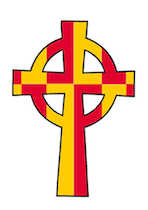
Mailing List
Mailing List
We will get back to you as soon as possible
Please try again later

